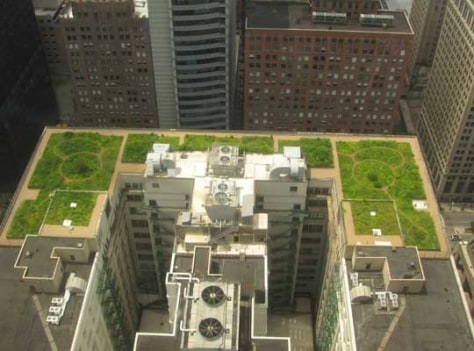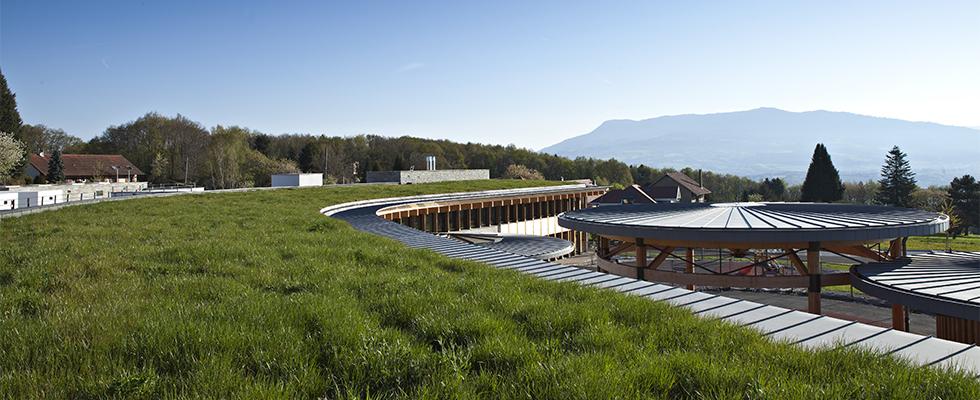Vegetation on a rooftop not only helps contribute to cooling roof underneath of building and absorbs carbon dioxide through plant photosynthesis but also increase a green space in an urban area li.
Green roof co2 absorption.
20 000 kg year total length of perimeter basins.
Contribution to the reduction of air pollution.
Green roofs reduce stormwater runoff mitigate urban heat island effects absorb dust and smog sequester carbon dioxide produce oxygen create space for food production and provide natural.
1 7 km depth of perimeter planting basins.
The situation that sunshine irradiated directly on a green roof was simulated.
Removing carbon dioxide from the atmosphere.
By also accounting for absorption in the roots and growing medium the total absorption is assumed to be many times greater.
The result show absorption start from 7 03 am when there is sunlight and rise to max.
Experimental studies have shown that an extensive sedum roof can absorb approximately 1 2 kg of co 2 m 2 year in the plants themselves.
Green roofs can make a big contribution to reducing co 2 emissions.
If a city the size of detroit michigan with around a million inhabitants were to switch to green roofs it would remove as much carbon from the atmosphere as taking 10 000 mid sized suvs and.
Green roofs not only help reduce the urban heat island effect by covering conventional dark roofing surfaces with vegetation which absorbs less heat but they also use solar radiation to evaporate water from the growing media and transpire the absorption of water through a plants roots and release of it through its leaves as a vapor moisture.
52 kg day surface of forest.
1 m type of earth growing media.
Of 27 65 mol m2 s1 at 15 03 am then decrease to zero at 7 pm to maximum release of co2 at 22 34 mol m2 s1 at 0 03 am.
Plants breathe in the greenhouse gas like we.
Since the co 2 absorption rate under sunny condition is much greater than the co 2 emission rate at night the effect of the green roof on the ambient co 2 concentration in the daytime is much greater than the effect at night in summer.
Winter green roofs insulate the upper floors of buildings and in the summer they cool buildings through shading and the process of evapotranspiration by plants.
30 ton year o2 production.
Transformation of co2 into o2.
Like any forested or vegetation covered area a patch of green on top of a roof should theoretically lower levels of carbon dioxide in the air as well.






















